The idea for the Annenberg Space for Photography’s current exhibit W|ALLS: Defend, Divide, and The Divine came about when curator Dr. Jen Sudul Edwards and the space’s director Katie Hollander contemplated the symbolic connection between this year’s 30th anniversary of the fall of the Berlin Wall and the debate over President Trump’s proposed expansion of the U.S.-Mexico border wall.
“For many people, the fall of the Berlin Wall was a formative moment in their lives,” says Edwards, who’s a curator of contemporary art at the Mint Museum in Charlotte, North Carolina. “It was this momentous occasion and celebration of humanity coming together. It really opened up this idea of a global community. They saw it as an anomaly that can never be repeated. Yet walls are going up more rapidly than ever before. It’s such a weird reversal of course.”
Sadly, Trump’s ideas about how to guard America against illegal immigration, terrorism, and crime are a sign of the times the world over. According to the United Nations, last year migrants made up 3.3% of the world’s population, roughly 244 million people. In 1989, there were 15 major border walls in the world; now there are 77.
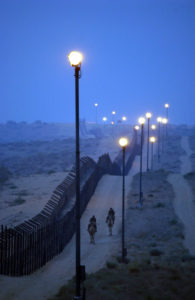
Ami Vitale
This proliferation of walls has its historical precedent; and the more than 70 photographers in the display explore the function, psychology, and ideology behind barricades throughout thousands of years as ways of not only keeping people out, or in, but of perpetuating fear, hate, and ignorance.
“People don’t think about how or why we got to where we are, and the ramifications of our actions now,” says Edwards. “This has been human behavior for millennia.”
The walls depicted in the collection, which is organized into six themes — “Delineation, Defense, Deterrent, The Divine, Decoration, and The Invisible” — span centuries and nearly every continent, from the Great Wall of China and Hadrian’s Wall, to the Israel-Palestine border and the “peace walls” in Belfast, Ireland, which divided Protestant and Catholic areas. Barriers have been erected to protect lands during wars and conflicts or to limit trade. They have been meant to keep “undesirable elements” at bay or in containment, whether Japanese Americans in internment camps or Jews in Polish ghettos during WWII, or undocumented immigrants crossing the deserts of North America today.
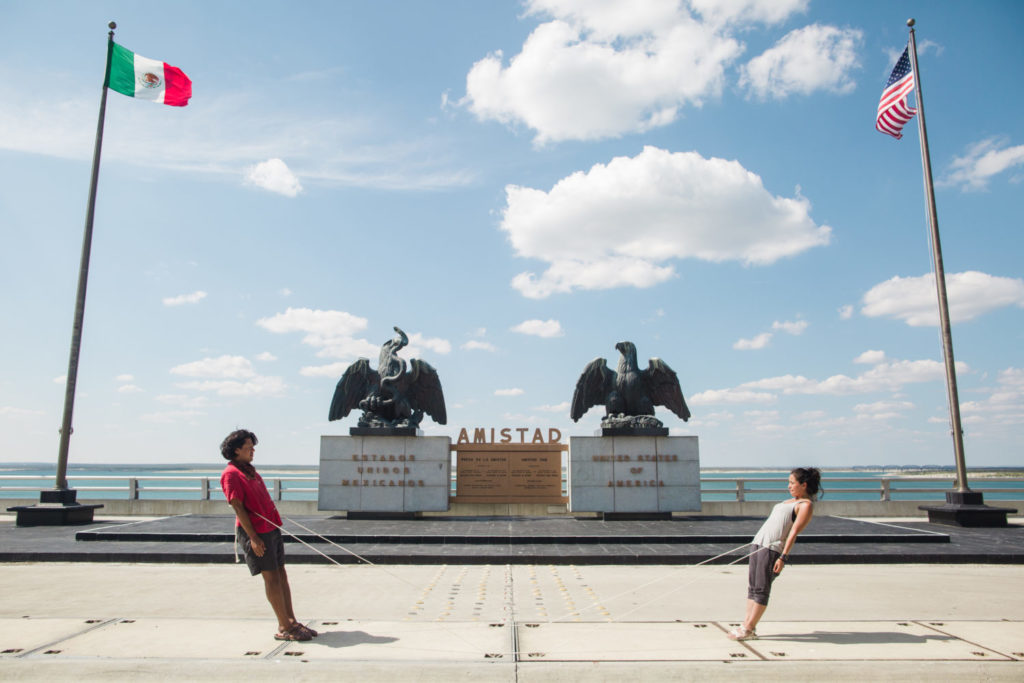
Photo by Gina Clyne. (Courtesy of AMBOS Project)
Gina Clyne’s series documents artist Tanya Aguiniga (one of several from L.A. represented here) and members of her project AMBOS (Art Made Between Opposite Sides) interacting and trading textiles with residents living across the U.S.-Mexico border. In another series, Linda Foard Roberts hauntingly captures in black and white a once-segregated church and cemetery in North Carolina that had separated landowners from slaves.
The depictions aren’t just concrete structures, stacked bricks, or piles of rocks. In 1999, four-time Pulitzer Prize winner Carol Guzy took a picture of a two year-old Kosovo refugee boy being passed through barbed wire and reunited with his family in an Albanian camp. Another one of Guzy’s images taken 10 years before shows Germans celebrating on top of the dismantled Berlin Wall, arguably one of the biggest icons of the Cold War.
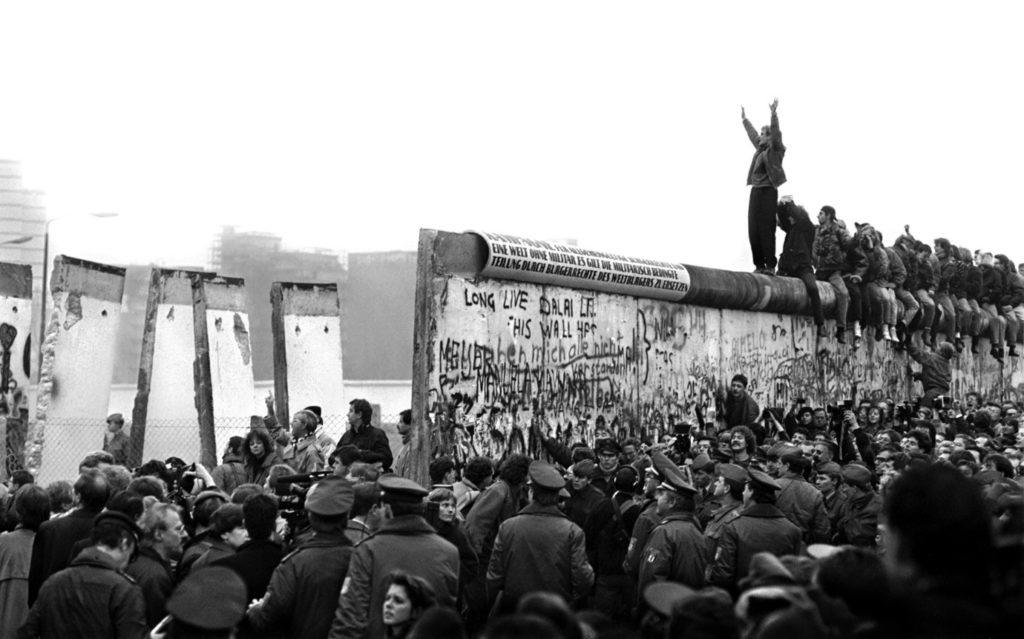
East Germans pour through the Berlin Wall in 1989 as a West Berliner cheers them on from atop. (Carol Guzy/The Washington Post)
There are also instances of walls that are used for religious and spiritual purposes. Oded Balilty photographed Pope Francis in 2014 praying in front of the Western Wall, the holiest site for Jews in Jerusalem, and as is customary tucking a note inside its cracks. Ami Vitale photographed two sari-clad women at the bottom of a massive stepwell in India collecting water.
An important part of the exhibit shows walls as outdoor galleries where graffiti and street art provide artistic commentary on people’s struggles and hardships. Most notable is a photograph of the elusive Banksy, who created several paintings on the West Bank barrier, including one of a girl holding balloons in midair, and an artist named Swoon, who painted a mural in a section of Philadelphia that’s been ravaged by the opioid crisis for years. In their hands, symbols of political, racial, and economic oppression are open canvases.
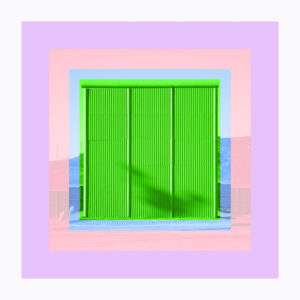
Tony de los Reyes
“They’re an example of people taking ownership of those walls that may have been put up to control them or define them,” says Edwards. “Now they have agency over them.”
“Every barrier that we put up,” adds Edwards, “whether it’s justified or done in anxious shorthand, has ramifications. Even if we don’t consider them right now, we’re going to have to reckon with what kind of affect they will have.”
Annenberg Space for Photography, 2000 Avenue of the Stars, Century City; thru December 29; free. annenbergphotospace.org.
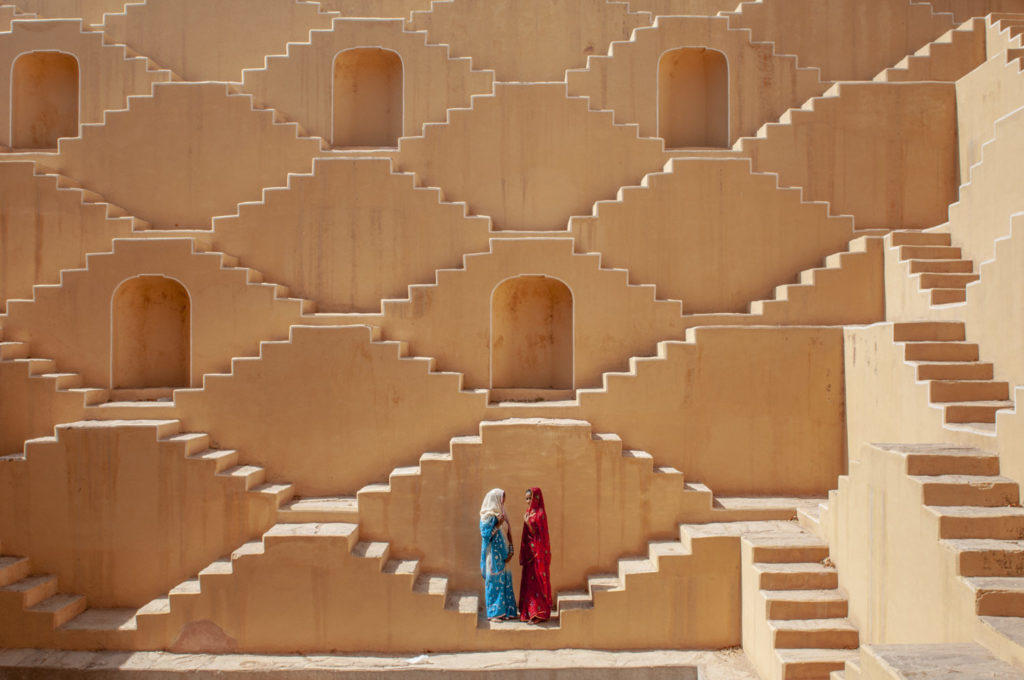
Amer, a water well in the city of Japiur in India’s Rajasthan Thar desert. (Photo by Ami Vitale)
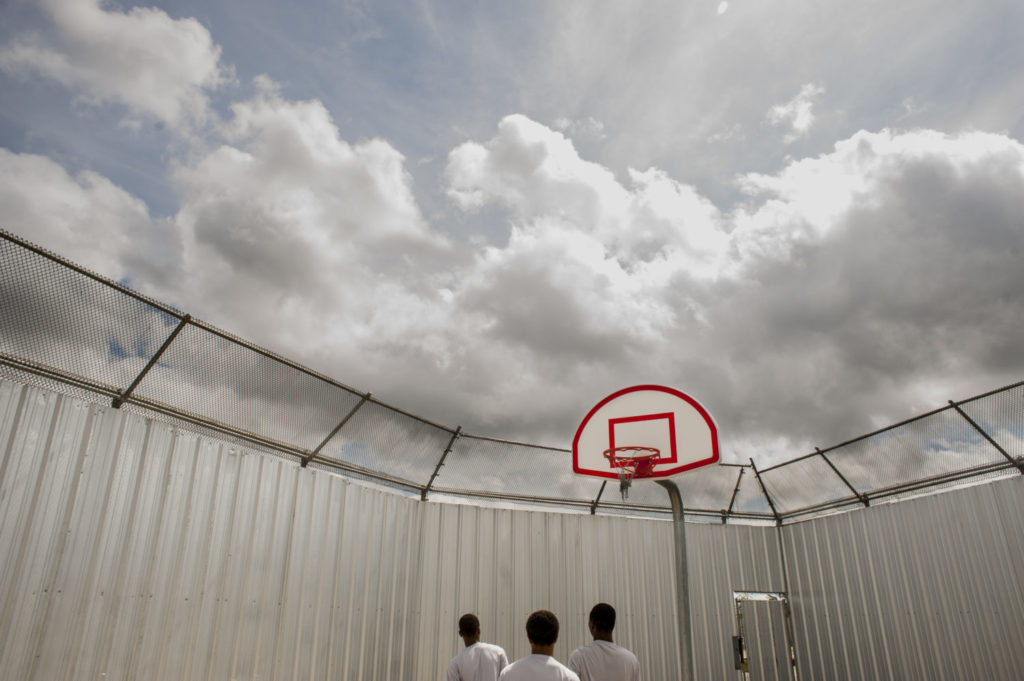
Momenta Project New Orleans 2013 workshop. (Raymond Thompson Jr.)
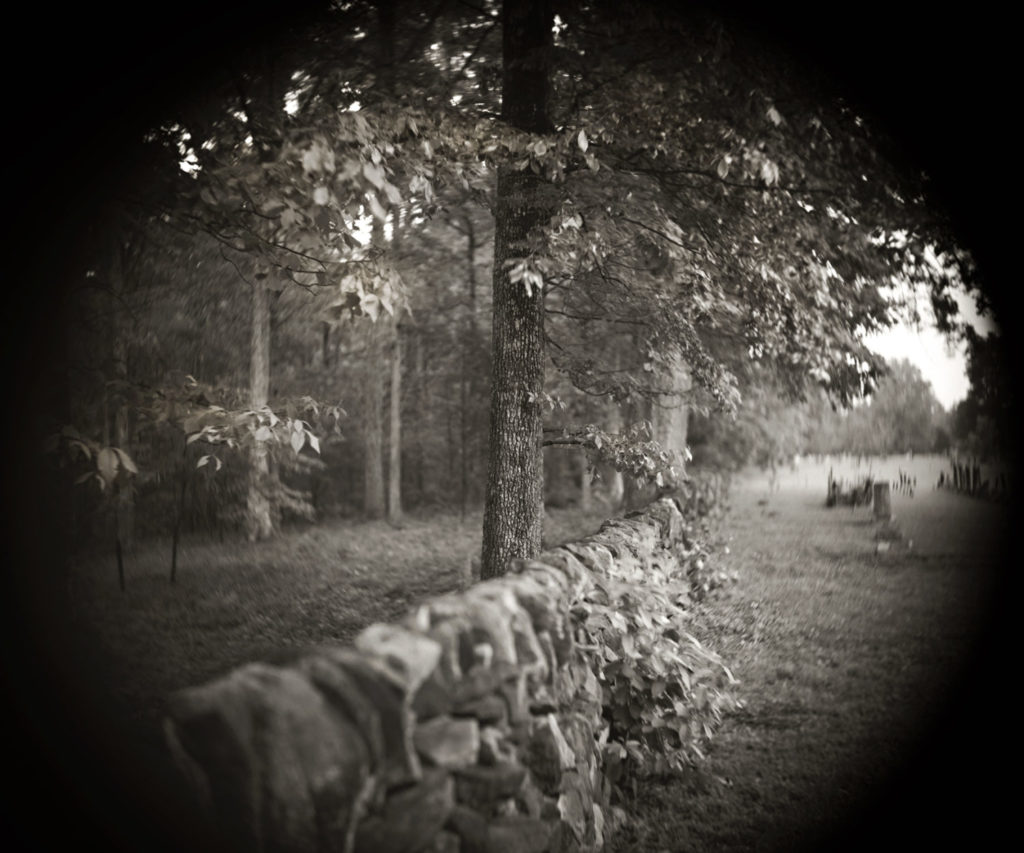
Linda Foard Roberts, Divided in Death
Advertising disclosure: We may receive compensation for some of the links in our stories. Thank you for supporting LA Weekly and our advertisers.

